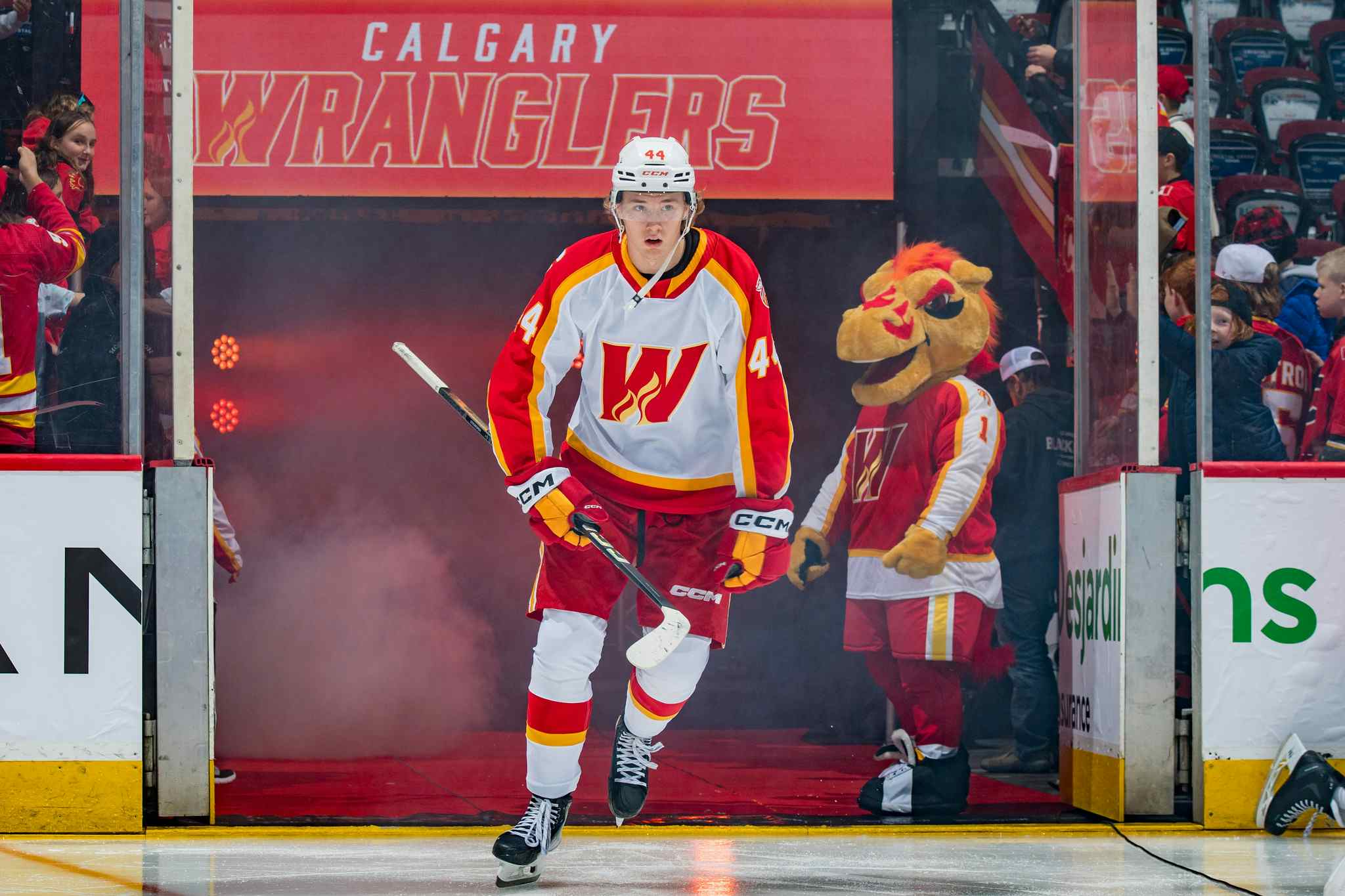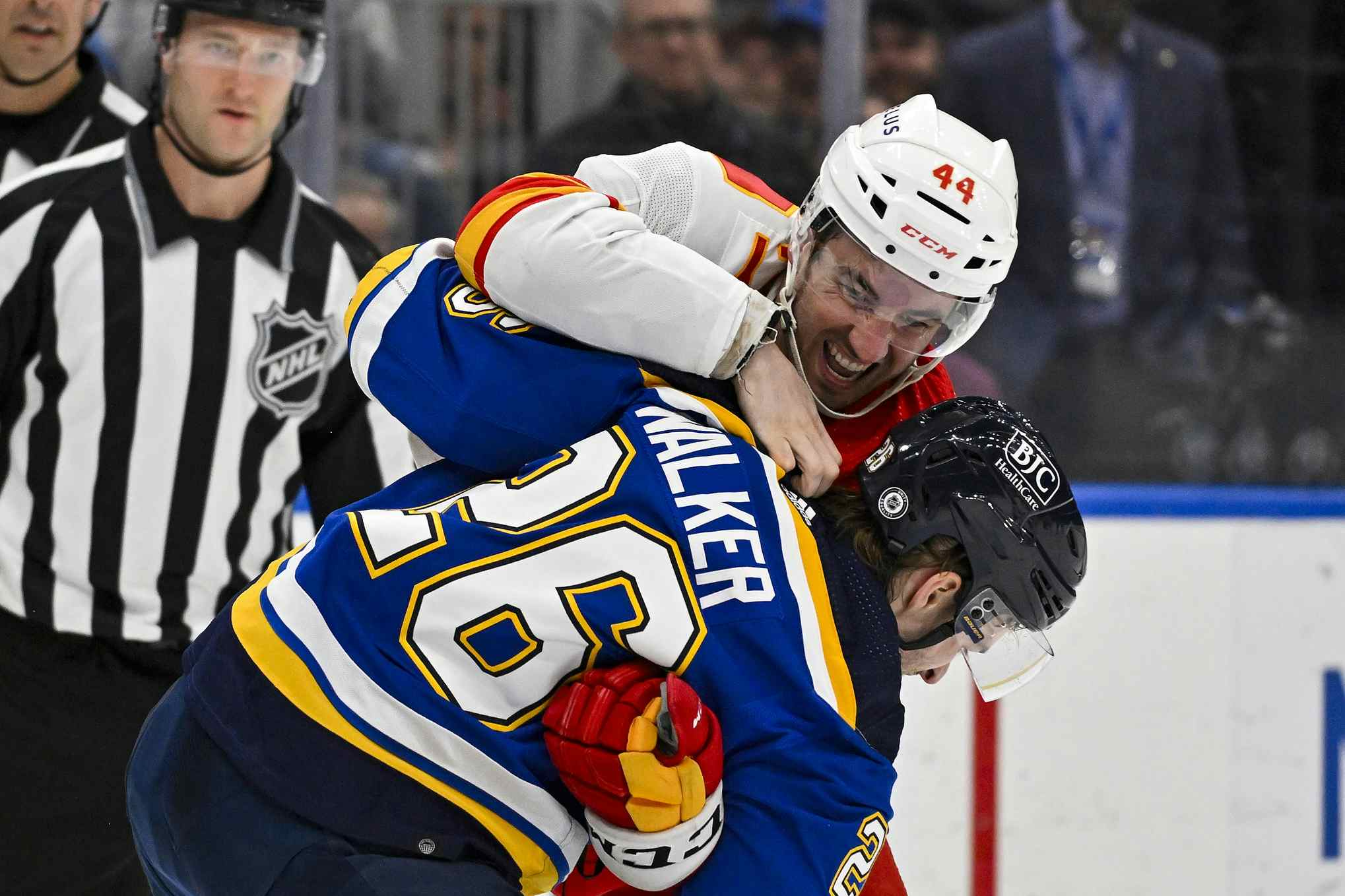How much does Dougie Hamilton contribute to the offence?
By Ari Yanover
7 years agoDougie Hamilton scored his fourth goal of the season in dramatic fashion. The recipient of a fantastic pass from Johnny Gaudreau, he was able to then split two Coyotes en route to the net before deking out the goalie and scoring in overtime for the Flames.
All in all, it was an extremely cool goal: the Flames’ 73rd of the season. Unfortunately, as it would so be right now, the Flames aren’t a particularly high-scoring team; their 2.43 goals per game is only 20th in the NHL.
This is a team that, point blank, has to start scoring more. Gaudreau’s return should help things, but Hamilton is probably going to be a massive part of any offensive resurgence, too.
What kind of defenceman is Dougie Hamilton?
At worst, Hamilton is an offensive top four defenceman. At present, playing alongside Mark Giordano, you could make the case for him to be a top pairing guy, even if his ice time doesn’t necessarily reflect that just yet. But it should – the way he’s been progressing, he’ll almost certainly be a top pairing player throughout his career, most of which is yet to come.
He can defend, we know that much. Where he really shines, though, is in creating offence. Via OwnThePuck:

When it comes to making plays and suppressing shots, Hamilton is a top four defenceman. When it comes to scoring goals and possessing the puck, he’s a top two defenceman. When it comes to just plain generating shots, he’s on a whole other level. And his teammates tend to be better when they share the ice with him, to boot.
In short: he creates. A lot.
Points
Hamilton has four goals and 14 points in 30 games. Twelve of them are primary points; just two are secondary assists, so he isn’t piggybacking off of anybody to create; he’s the one initiating plays and making things happen.
The next highest-scoring Flames defenceman is his partner, Giordano, who has three goals and 11 points in the same number of games – and while averaging roughly five more minutes per game, at that.
After those two, Dennis Wideman and T.J. Brodie have seven points each: Wideman in 23 games, Brodie in 30. Still, though – that’s only half of what Hamilton has scored, and these guys are numbers three and four in Flames defencemen scoring.
Hamilton is fifth in team-wide scoring, behind Gaudreau, Sean Monahan, Michael Frolik, and Sam Bennett. If you go by points per game, he’s sixth; Kris Versteeg pulls ahead of him in that stat.
Hamilton is scoring at a rate of .47 points per game, which is tied for 42nd amongst all defencemen in the NHL so far this season. Giordano is at .37 points per game, which is tied for 65th.
He’s simply the strongest catalyst the Flames have from their blueline for getting the puck in the opposition’s net – and it should be noted that he’s only shooting at 4.7%, below his career average of 5.8%. There will probably be more to come.
Shots
A lot more to come, considering how so far, Hamilton has put 85 shots on net. One could say he doesn’t throw them away.
That’s the most on the Flames by a fair amount. Mikael Backlund is in second place with 72 shots on net; in the same number of games, Hamilton is up 13 shots on him. Frolik is in third place with 70, and then finally there’s another defenceman, Giordano, who has directed 66 pucks on net so far this season.
No other Flames defenceman has had 50 shots on net yet. Monahan and Gaudreau are the only other players to have reached that tally with 55 and 53 shots, respectively.
Hamilton is the Flames’ clear shooting leader, and it’s hard to see anyone taking over for him at this stage of the season. He’s presently tied for 13th across the entire NHL in shots; no other Flame is even featured in the top 50.
And again: a reminder that Hamilton does this with less ice time than others on his team are afforded. He’s fourth in average ice time per game, and he’s fourth in total powerplay time.
Individual Corsi For
Points are the most direct way of measuring a player’s offensive contribution. Shots come after that; after all, it’s rather difficult to score if you aren’t putting the puck on net. Corsi For is the third tier of this evaluation: even if the puck isn’t getting on net, at least you’re putting it somewhere in its vicinity. Generating that kind of traffic is crucial when it comes to scoring to begin with.
And it’s yet another field Hamilton leads in. So far this season, he has 107 individual corsi events he himself has generated. Frolik is second on the Flames with 103, and then Giordano at 95 – 12 fewer than his defensive partner.
I’ve been harping on how Hamilton doesn’t get to play quite as much as his compatriots, so let’s take a quick look at his iCF60: his individual Corsi For per 60 minutes. In that area, it’s actually Frolik who leads the Flames with 15.82; Hamilton is in second place at 14.70. Backlund comes in third at 14.00.
There’s quite the gap after that: Gaudreau is fourth at 12.39, and Matthew Tkachuk is fifth at 12.37.
In summation
Even when we don’t consider the defensive side of the game, it’s easy to see why Hamilton is such an elite offensive producer. All of the numbers support him strongly as one of the Flames’ very best when it comes to creating, whether they be mere chances or actual points produced.
And then when you bring his defensive play into the conversation, you see Hamilton’s offensive proclivities aren’t hurting his defensive play in the slightest. Not when he’s a 53.23% 5v5 CF player: third on the Flames, behind just Tkachuk and Frolik.
Sure, pucks will go against him – but Hamilton sends far, far more towards the opposition’s net than he allows to be directed towards his own.
He’s 23 years old. Hamilton is going to be leading the Flames’ offence from the blueline for years.
Recent articles from Ari Yanover





